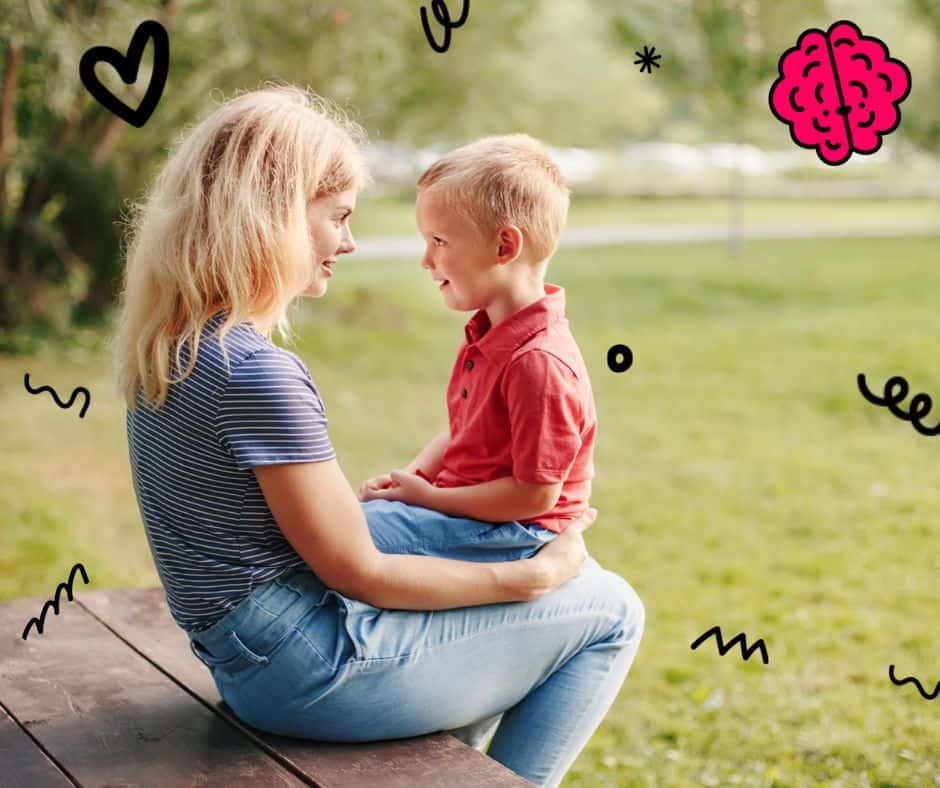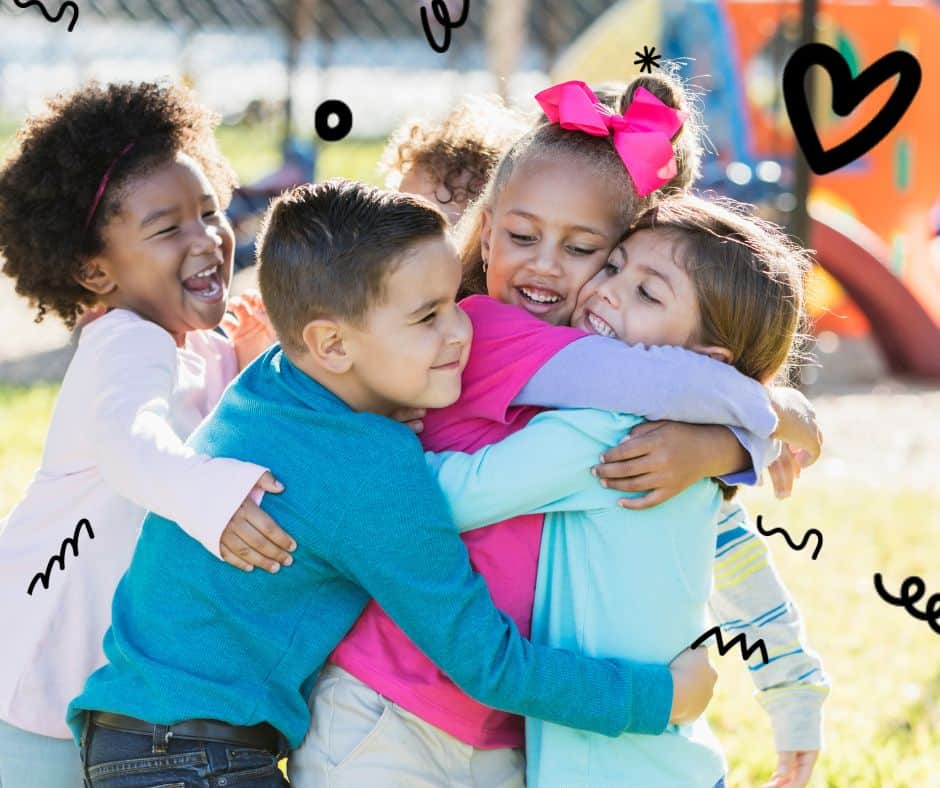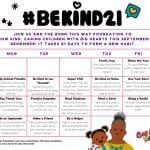When You’re White: Talking About Race with Toddlers
Part of a three-year-old’s job is to figure out how their world works. Of course, people are the most important part of a young child’s world. So it’s no surprise that toddlers are curious about the differences they see in the people around them, including differences related to race. Research tells us that white parents find it difficult talking about race with children. But when children get the message — even inadvertently — that race is something “we don’t discuss,” it teaches them there’s something uncomfortable or even bad about noticing and talking about skin color.

So what should you do instead?
Here are some tips on how parents CAN introduce the topic of race to their young children.
Start with you.
What’s been your own experience with race and bias? How has your family talked about race? What do you want your child to learn about race and bias? Thinking about what beliefs you want to share with (and nurture within) your child is an important starting point.
Use descriptive, unbiased language.
When toddlers point out differences in skin color, they aren’t being racist: they are observing what they see in their world. You can validate their observations in an unbiased way: Yes, Kira’s skin is a different color than your skin. Her skin is brown, your skin is a pinky-tan color. Everybody’s skin color is a little different.
Correct misunderstandings without shaming.
Three-year-old children approach the world with a growing (but still immature) world view. Children may share an idea they have come up with on their own or perhaps they will share something they have heard people discuss around them. It’s important to clearly correct their misunderstandings without shame or judgment. For example, a white toddler may mistake a black child’s curly hair as messy. He might tell his parents, “Malachi doesn’t comb his hair.” This gives parents an opportunity to say, “Everybody’s hair looks different. Malachi’s hair is curly. Yours is straight. Malachi’s grown-ups help him take care of his hair, just like we help you take care of yours.”
Offer your child access to a diverse world.
When you’re selecting early education programs or play groups, include diversity as an item on your checklist. Did you know: Attending a diverse preschool and building cross-race friendships increases the chance that children will show less racial bias when they enter school — all the way through third grade?
Representation matters.
Choose children’s books with main characters representing different races and ethnicities. Do the same when selecting toys like dolls or action figures. Play music from a variety of cultures. If you choose to share screen media with your child, look for programs that feature diverse characters and settings (consider Sesame Street; Blues Clues & You; Doc McStuffins; Jelly, Ben & Pogo or Bubble Guppies — just a few suggestions!). Local cultural events are also a great way of exposing children to new cultures, languages, and people in their community.
Remember that it’s not “one and done.”
Discussions about race will happen hundreds of times during your child’s life. Don’t feel pressured to cover every topic in one conversation. Keep the lines of communication open. There will be plenty of chances to return to these issues again and again as your child matures.

The experiences we find hardest in parenting are often the moments that help us grow the most as people. Open, non-judgmental discussions about race, even when they feel uncomfortable, are powerful. They shape our children’s worldview and help them to understand themselves and others. Most importantly, these discussions give children the model and motivation to build a more just and equitable future for everyone.





